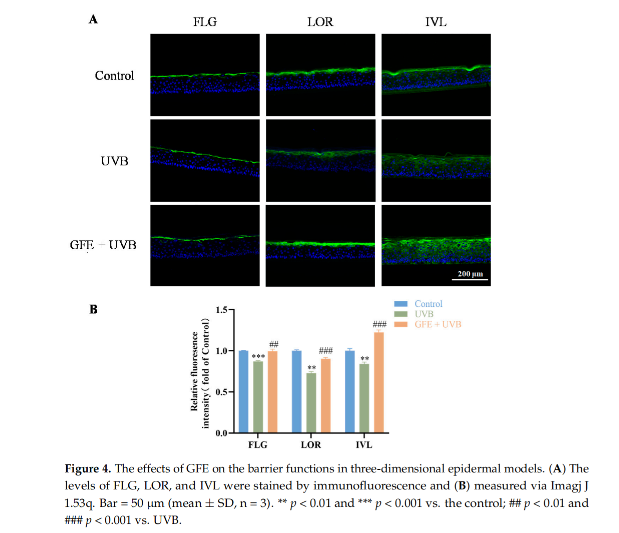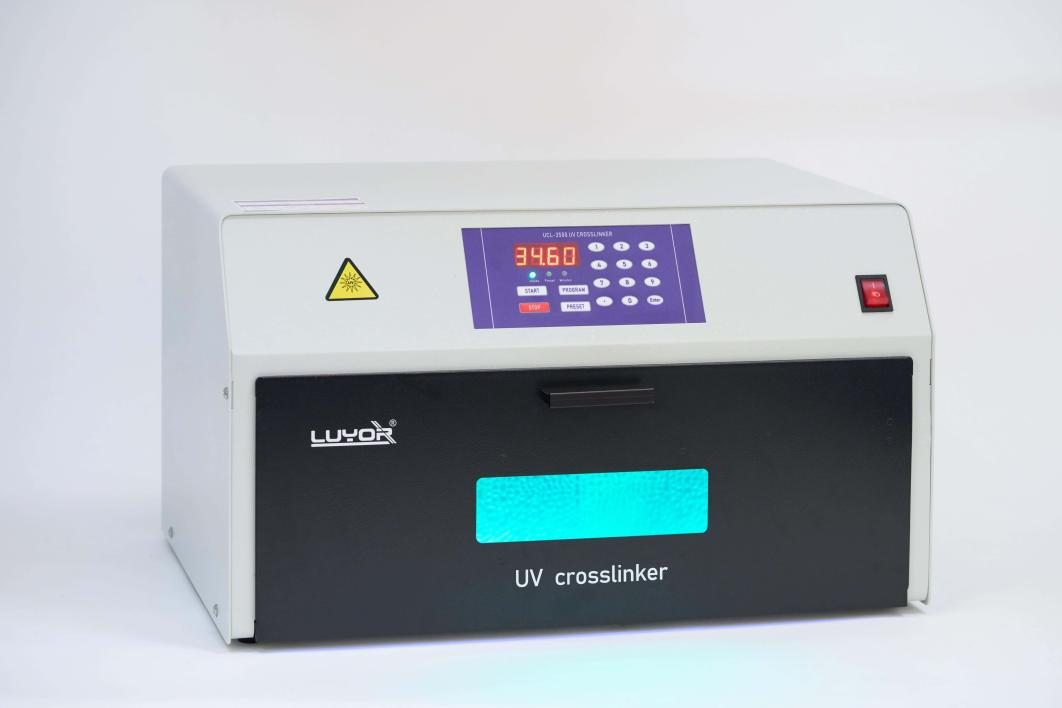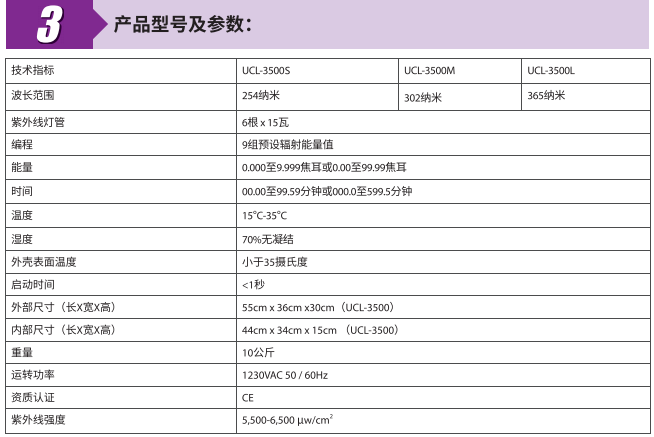中國藥科大學用紫外交聯儀UCL-3500M構建光損傷細胞模型
概要:中國藥科大學在《Cosmetics》發表文獻《Photoprotective Effect and Potential Mechanisms of Gardeniae Fructus Extract in UVB-HIrradiated HaCaT Cells》,文獻中使用紫外交聯儀UCL-3500M模擬UVB紫外線輻照,構建HaCaT 細胞光損傷模型,對皮膚光損傷相關研究有重要參考意義。
在該細胞研究中,紫外交聯儀UCL-3500M通過模擬自然環境中UVB紫外線對皮膚的照射,定向誘導 HaCaT 細胞產生與體內光損傷高度相似的生理病理變化,為后續探究活性成分的作用機制、篩選高效光保護物質提供了可靠的實驗載體。
紫外交聯儀 UCL-3500M的優勢
優勢一:紫外交聯儀UCL-3500M可以提供定時或定量的UVB紫外線輻照,劑量精準且UVB光照均勻穩定,非常適合構建各類紫外光損傷細胞模型。
優勢二:紫外交聯儀UCL-3500M滿足紫外光損傷模型的光譜要求。UCL-3500M的波長與自然環境中到達地球表面的 UVB(290-320nm)波段契合,因此可以真實模擬皮膚暴露于日光時的UVB照射條件,模擬UVB誘導的皮膚細胞損傷特征。
優勢三:紫外交聯儀UCL-3500M使用專為輻照細胞設計的溫控系統,無需擔心溫度過高損傷細胞。
紫外交聯儀UCL-3500M劑量精準、操作簡單、光照均勻,廣泛用于國內外高校和科研院所,進行紫外光損傷細胞模型的構建。設備可選擇時間模式,能量模式,預設模式等多種方式操作。另外,紫外交聯儀UCL-3500系列還有254nm、365nm等多種波長可選,可以滿足不同細胞實驗的要求。
原文段落:
Abstract: Gardeniae Fructus (GF), the desiccative mature fruitage of Gardenia jasminoides J. Ellis (G. jasminoides), is a traditional herbal medicine in China with potential value against skin photodamage. However, the phytochemical basis and mechanisms underlying GF’s anti-photodamage effects remain unclear. In this study, the chemical components in GF extract (GFE) were analyzed using ultra-high-performance liquid chromatography coupled with tandem mass spectrometry (UPLC-MS/MS), and iridoids were identified as the main components. The antioxidant, anti-inflammatory, and barrier-repair effects of GFE in UVB-induced photodamage were assessed through in vitro experiments. Additionally, the potential mechanisms of GFE against skin photodamage were predicted using proteomics and network pharmacology. The results showed that GFE significantly increased the levels of total superoxide dismutase (T-SOD), catalase (CAT), and glutathione peroxidase (GSH-Px) induced by UVB, while decreasing reactive oxygen species (ROS) and malondialdehyde (MDA) contents. GFE also inhibited the secretion of interleukin-6 (IL-6) and interleukin-1β (IL-1β). Additionally, GFE upregulated the expression of filaggrin (FLG), loricrin (LOR), and involucrin (IVL) in 3D epidermal skin models. Proteomic analysis and network pharmacology indicated that the iridoid components identified in GFE ameliorated UVB-induced damage probably by regulating cell cycle-related proteins and signaling pathways, though this requires further experimental confirmation. Overall, the results provide essential evidence to support the development of GFE as a skincare active ingredient.
UV crosslinker (Luyor, Shanghai, China) UVB lamps (302 nm) were applied for cell modeling at 10 mJ/cm2. The HaCaT cells had a thin film of phosphate-buffered saline (PBS) on them and were irradiated by UVB. After irradiation, the medium was replaced with fresh medium and incubated for 24 h.



原文獻下載地址://doi.org/10.3390/cosmetics12020072